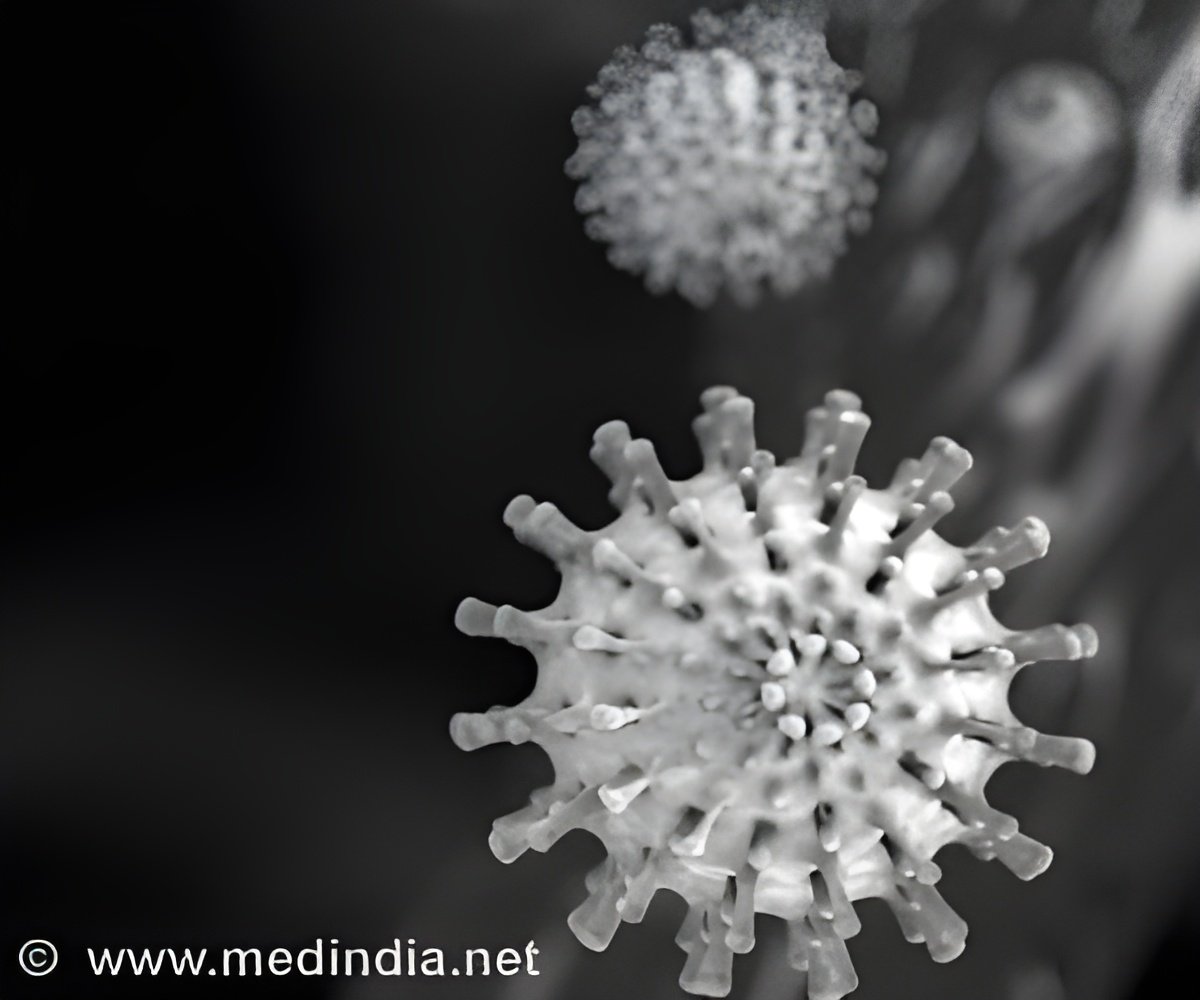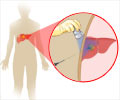Intravenous injection of gold nanoparticles encapsulated by natural gum from acacia trees helps kills cancer cells when heated with a laser.

- The use of natural chemical compounds from plants to be used as nanoparticles is called green nanotechnology.
- The plant-based nanoparticle kills liver cancer cells in response to photothermal therapy in mice.
- Unlike chemotherapy or radiation, surrounding healthy cells were not damaged in the treatment.
For more than a decade the use of nanotechnology has been studied to test whether targeted treatments would reduce or eliminate damage to nearby healthy cells. Of particular interest has been the use of green nanotechnology approaches pioneered here at MU that use natural chemical compounds from plants.
The study was conducted in the United States and Egypt, and it involved the use of gold nanoparticles encapsulated by a protective stabilizer called gum Arabic. The nanoparticles were introduced to the livers of mice intravenously and were heated with a laser through a process known as photothermal therapy.
"Gum Arabic is a natural gum made of the hardened sap from acacia trees," said Katti, who also serves as director of the MU Institute of Green Nanotechnology and is the Margaret Proctor Mulligan Distinguished Professor of Medical Research at the MU School of Medicine.
It is FDA-approved for human consumption and is primarily used in the food industry as an additive. It also promotes adhesion of gold nanoparticles engineered to attract to precancerous and malignant cells - which are much more susceptible to lower levels of heat than healthy cells. Once the nanoparticles travel and adhere to cancerous cells, they are heated to a temperature that destroys them but leaves healthy tissue unaffected.
"The administration of gum Arabic, gold nanoparticles and photothermal therapy caused no change to healthy tissue, which confirmed the safe use of these treatments," Katti said. "However, the use of gum Arabic-encapsulated nanoparticles combined with photothermal therapy resulted in the targeted eradication of the precancerous cells and their genetic code in both our mice model and the human in vitro cell model we developed for this study."
Source-Medindia















